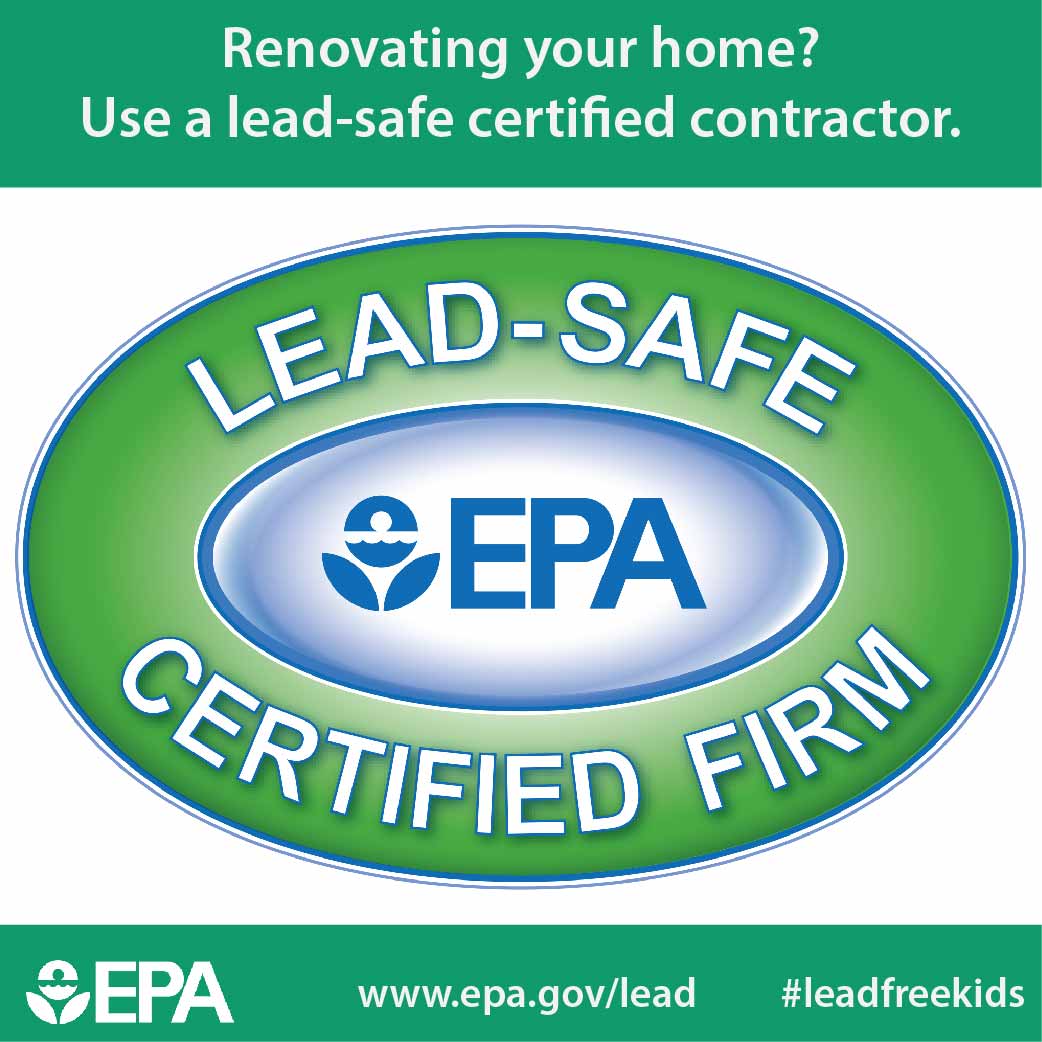Recognizing Seasonal Influences On Commercial Exterior Painting: Crucial Understanding For Success
Recognizing Seasonal Influences On Commercial Exterior Painting: Crucial Understanding For Success
Blog Article
Web Content Writer-McLamb Celik
When you're intending a commercial external painting job, seasonal elements can make or damage your results. You'll intend to think about exactly how temperature level and moisture effect paint application and drying times. Picking the appropriate season can guarantee your paint adheres properly and lasts longer. Yet which seasons are absolutely the best for this sort of work? Let's explore the crucial elements that can affect your job's success.
The Influence of Temperature Level on Paint Application
When you're intending a business exterior paint project, the temperature level can considerably influence exactly how well the paint sticks and dries.
Preferably, you want to paint when temperatures vary in between 50 ° F and 85 ° F. If it's also cool, the paint might not treat effectively, resulting in issues like peeling or cracking.
On the other side, if it's as well hot, the paint can dry out as well promptly, protecting against correct attachment and resulting in an irregular finish.
You ought to also think about the time of day; morning or late afternoon supplies cooler temperature levels, which can be more desirable.
Constantly examine the maker's suggestions for the details paint you're making use of, as they usually provide advice on the ideal temperature level variety for optimum results.
Moisture and Its Result on Drying Times
Temperature level isn't the only environmental factor that influences your business outside paint task; moisture plays a significant duty too. High humidity degrees can reduce drying out times significantly, influencing the overall high quality of your paint job.
When the air is filled with wetness, the paint takes longer to heal, which can cause issues like bad bond and a higher danger of mildew development. If have a peek here on a particularly damp day, be planned for extended delay times between coats.
It's crucial to monitor local climate condition and strategy accordingly. Preferably, go for humidity degrees in between 40% and 70% for ideal drying.
Maintaining these factors in mind guarantees your task remains on track and supplies a long-term finish.
Best Seasons for Commercial Exterior Paint Projects
What's the very best season for your industrial outside painting tasks?
https://www.washingtonpost.com/lifestyle/home/pro-or-no-what-to-consider-before-hiring-out-a-home-painting-job/2017/09/04/d97a3ffa-5b87-11e7-a9f6-7c3296387341_story.html and very early autumn are usually your best bets. Throughout these periods, temperature levels are moderate, and moisture degrees are often lower, creating excellent problems for paint application and drying out.
Avoid summertime's intense heat, which can create paint to dry too swiftly, leading to poor bond and surface. Likewise, winter season's cool temperatures can hinder appropriate drying and healing, risking the longevity of your paint work.
Aim for days with temperature levels in between 50 ° F and 85 ° F for optimum outcomes. Bear in mind to examine the neighborhood weather forecast for rainfall, as damp conditions can wreck your task.
Planning around these variables ensures your paint task runs efficiently and lasts longer.
Final thought
To conclude, preparing your industrial outside painting tasks around seasonal factors to consider can make a significant difference in the result. By organizing job during the perfect temperatures and moisture levels, you'll ensure much better attachment and drying out times. Remember to watch on neighborhood weather prediction and choose the correct time of year-- spring and early autumn are your best options. Taking these steps will assist you accomplish a long lasting and expert coating that lasts.
